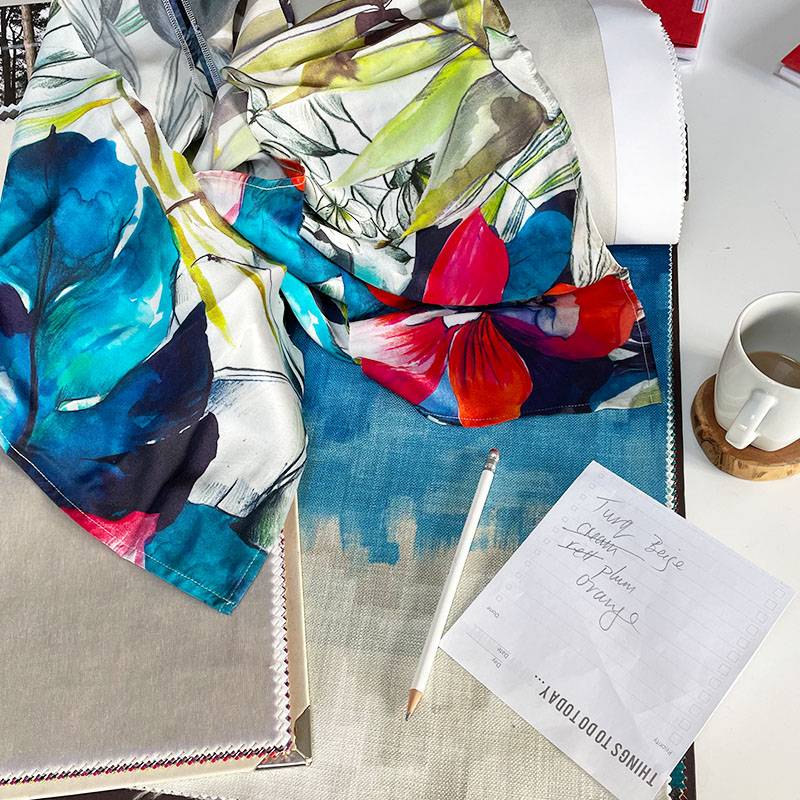colour - why is it important in design?
An object’s qualities defined by hue, lightness, and saturation.

Colour is the visual perception of light reflected from surfaces and plays a vital role in design by influencing emotions, establishing moods, and conveying messages.
A comprehensive understanding of colour and its emotional effects is essential for shaping the final design of a space. This knowledge is crucial for effective communication and achieving a distinctive, united look.
Use the Color Wheel: Use the color wheel to find complementary and analogous colors to make well-coordinated color schemes for your interior design project.
Understand Tints and Shades: Tints are made by adding white, making a hue lighter and more pastel. Shades are created by adding black, which darkens a hue and adds depth.
Pick Your Colours Carefully: Depending on the effect you want in a room, pick your colors according to whether you want to make it look bigger, cozier, or inviting.
Use Monochromatic Colours: To create a balanced yet consistent look, use one color with varying tints or shades of that same hue throughout the room decoration scheme.
Balance Primary And Secondary Colours: For a visually appealing composition of colors, select both primary and secondary color shades in an interior design project.
Think about the Proportion of Colour:
Too much of any single shade can be overwhelming; pick different proportions of each color when creating an interior design palette for your home decorating ideas.
Consider Lighting Effects:
Artificial lighting can alter the natural hues used in your home decorations, so keep this in mind when choosing colors for your project’s color palette.
Don’t forget Neutral Colours: Neutral tones like black, white, grey, brown, and beige can go with anything; add these shades into your interior décor as accents or as main focal points in any room design scheme depending on the desired effect you wish to create for that particular space within your house.
Pay Attention To Accents: Red, yellow, and blue are the primary colors and cannot be created by mixing other colors.
Experiment With Colour Combinations: Red, yellow, and blue are the primary colors and cannot be created by mixing other colours.